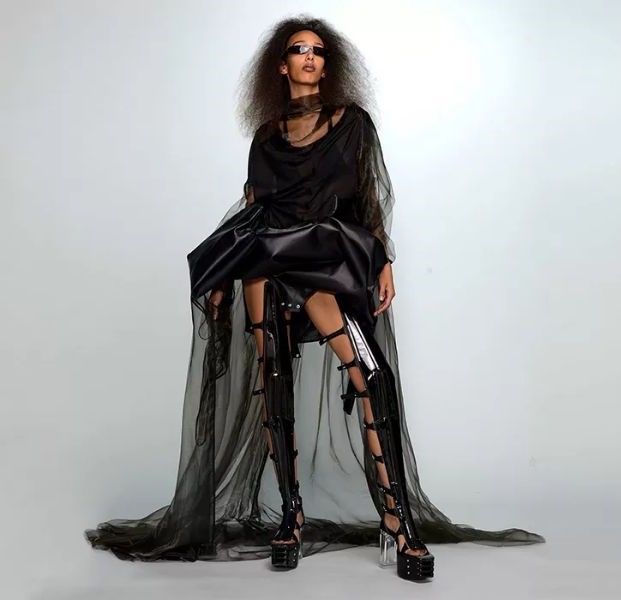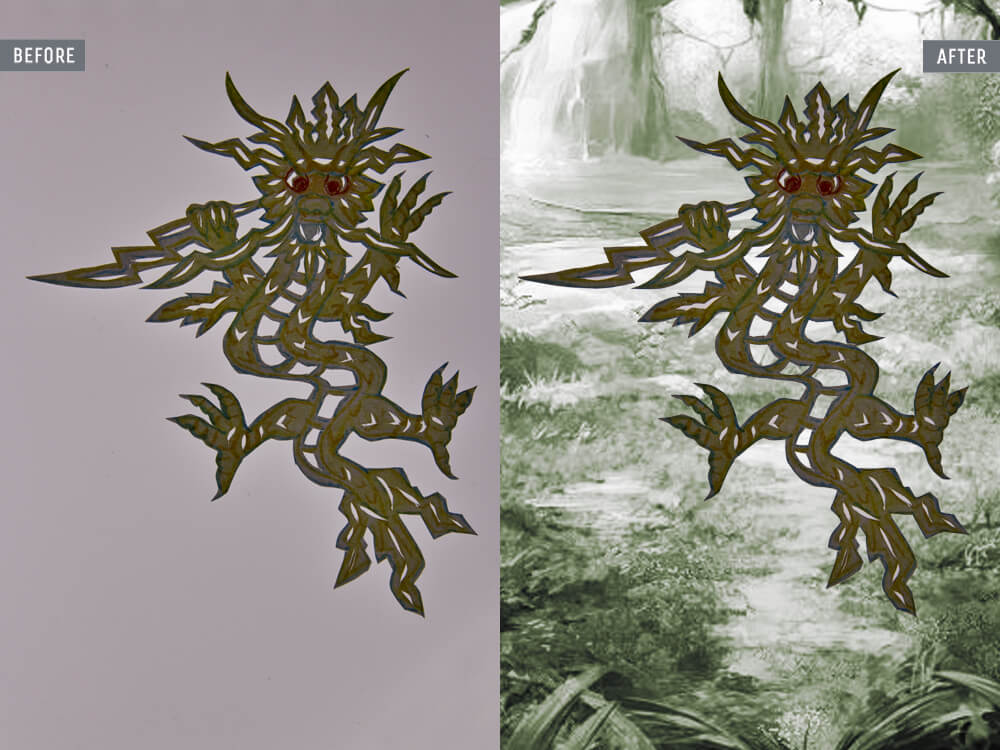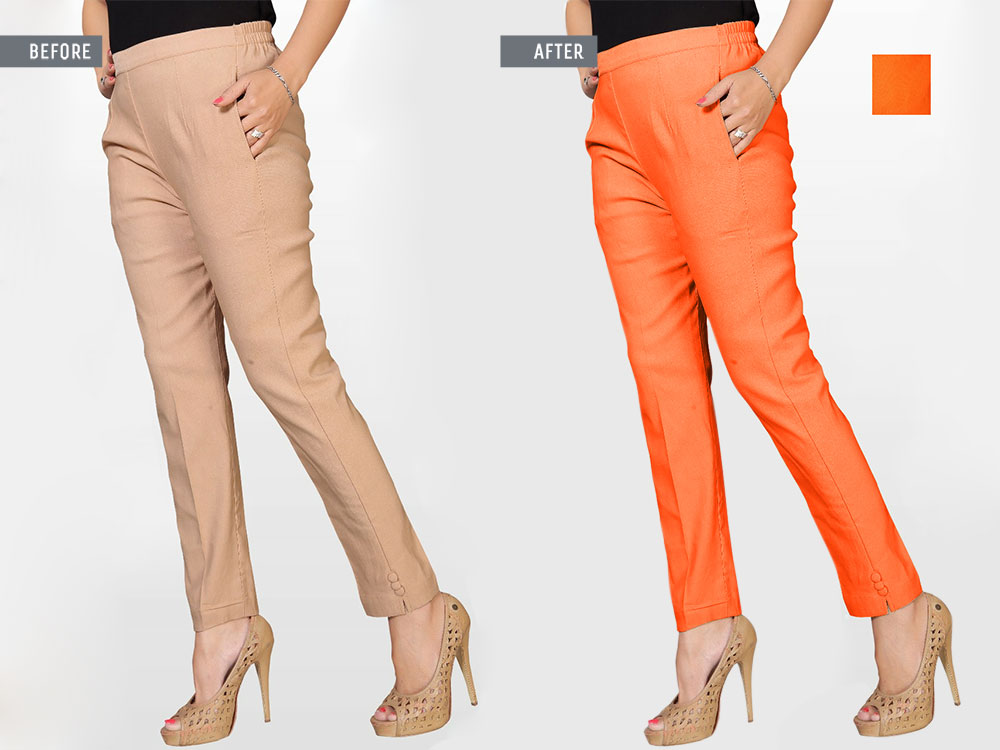Top eCommerce Photo Retouching Trends to Watch in 2025

Strong 8k brings an ultra-HD IPTV experience to your living room and your pocket.
In the ever-evolving world of eCommerce, visuals speak louder than words. As we head deeper into 2025, high-quality product images are no longer a luxury — they are a non-negotiable standard. Whether you're selling fashion, electronics, or handmade crafts, your images must not only be clear but also compelling. This is where eCommerce photo retouching comes in.
From AI-enhanced editing to hyper-realistic shadow play, the landscape of photo retouching in eCommerce is transforming rapidly. In this blog, we explore the top eCommerce photo retouching trends to watch in 2025, and how they can give your brand a competitive edge.
1. AI-Powered Retouching Becomes Mainstream
In 2025, artificial intelligence is taking over repetitive tasks in photo editing — and doing it with incredible precision. AI tools like Adobe Firefly, Canva's Magic Studio, and Fotor are revolutionizing how quickly brands can retouch thousands of SKUs without compromising quality.
Key Features of AI Retouching:
• Auto skin retouching for apparel models
• Background removal with one click
• Product reflection and shadow generation
• Batch editing using smart presets
For eCommerce businesses, this means faster turnaround times and lower post-production costs.
2. Hyper-Realistic Shadows and Reflections
Gone are the days of flat, lifeless product images. In 2025, realistic shadows, drop shadows, and mirror-like reflections are dominating product visuals. This trend enhances depth perception and creates a more authentic feel, which leads to better user engagement.
Why It Matters:
• Mimics in-store product visuals
• Improves perceived quality and trust
• Works well for fashion, jewelry, and cosmetics
Tools like Photoshop’s updated “Shadow Generator” and Luminar Neo’s relighting tools are making this trend more accessible to even small brands.
3. Retouching for Augmented Reality (AR) Readiness
As AR becomes common in eCommerce platforms like Shopify, Amazon, and SnapCommerce, photo retouching is evolving to support 3D and AR use cases. That means cleaner object edges, transparent backgrounds, and neutral lighting for products.
Retouching for AR involves:
• Seamless background removal
• Texture enhancements for better rendering
• Shadow flattening and 3D perspective corrections
In 2025, if your visuals aren’t AR-ready, you're missing out on immersive shopping experiences that drive conversion.
4. Increased Focus on Mobile-Optimized Editing
With over 75% of eCommerce traffic in 2025 coming from mobile, images need to be retouched with smaller screens in mind. This includes resizing, brightening, and enhancing key product features so they stand out on mobile.
Key Mobile-Centric Enhancements:
• Increased brightness and contrast
• Simplified backgrounds
• Enlarged focal points (e.g., logo, texture)
If your product images don't pop on a smartphone, you're losing customers before they even scroll.
5. Sustainability and “Realness” in Retouching
Customers in 2025 are more conscious than ever about authenticity. Over-retouched or deceptive images hurt trust and increase returns. This has led to a shift toward natural, minimalistic retouching — especially in the beauty and fashion categories.
The Trend Includes:
• Keeping textures like skin pores and fabric wrinkles
• Less digital airbrushing
• More transparency in “before and after” images
Brands like Glossier and Everlane are leading the way with this “honest photo editing” approach that aligns with sustainable branding.
6. Background Personalization at Scale
Using AI and templates, brands are now retouching the same product image with multiple background versions — optimized for seasons, regions, or campaigns. For example, a perfume bottle might appear on a marble table for luxury shoppers, and on a beach for summer promotions.
Why It's Trending:
• Enables hyper-targeted marketing
• Drives higher ad engagement
• Easy A/B testing for visuals
Tools like Pixelcut and Remove.bg are simplifying this process for agencies and in-house design teams alike.
7. Consistent Brand Aesthetics via Smart Presets
In 2025, brand visual consistency is a must across product listings, ads, and marketplaces. Retouching teams now use smart editing presets that ensure every photo matches a defined aesthetic — from color temperature to crop ratio and lighting.
Popular Use Cases:
• Fashion stores using pastel lighting for all images
• Tech brands applying a matte finish across SKUs
• Clean white product backgrounds for marketplaces
This approach not only boosts brand recall but also saves editing time significantly.
8. Automated Batch Retouching for Large Catalogs
Retailers with thousands of SKUs are relying on batch retouching tools to streamline their post-production pipeline. These tools now offer:
• Face and object recognition
• AI-based editing sequence application
• Retouching templates per category (shoes, apparel, electronics)
Popular software for this includes PhotoRobot, Pixelz, and Bright River. For enterprises, this is crucial to keep pace with daily product uploads without sacrificing visual quality.
9. 360° Image Retouching and Spin Photos
With increasing demand for 360-degree product viewing, image retouching now includes optimizing spin sequences and multi-angle shots. These visuals require:
• Consistent lighting across angles
• Shadow matching
• Stitching and blending for smooth transitions
Amazon and BigCommerce are pushing 360° product views as standard by the end of 2025, making this trend important for both SMBs and large retailers.
10. Smart Collaboration Between Designers and Marketers
Finally, a big shift in 2025 is collaborative retouching workflows — where editors, marketers, and merchandisers work together in cloud-based platforms like Frame.io, Picter, or Ziflow.
Why This Matters:
• Ensures photos meet marketing goals
• Speeds up approvals and feedback
• Reduces costly re-edits
With visual-first branding becoming more competitive, alignment across teams is key to faster go-to-market.
Final Thoughts
In 2025, eCommerce photo retouching isn’t just about making a product look good — it’s about strategically enhancing visuals to convert better, communicate trust, and personalize the shopper journey. With automation, AI, AR readiness, and ethical editing at the forefront, brands that adapt to these trends will stand out in a crowded digital marketplace.
Whether you're a startup with 20 products or an enterprise with 20,000 SKUs, investing in modern retouching workflows could be the single most powerful upgrade to your eCommerce strategy this year.
Need professional eCommerce photo retouching services? Make sure your visuals are ready to convert in 2025 and beyond — reach out to a trusted photo editing partner today.
Note: IndiBlogHub features both user-submitted and editorial content. We do not verify third-party contributions. Read our Disclaimer and Privacy Policyfor details.







